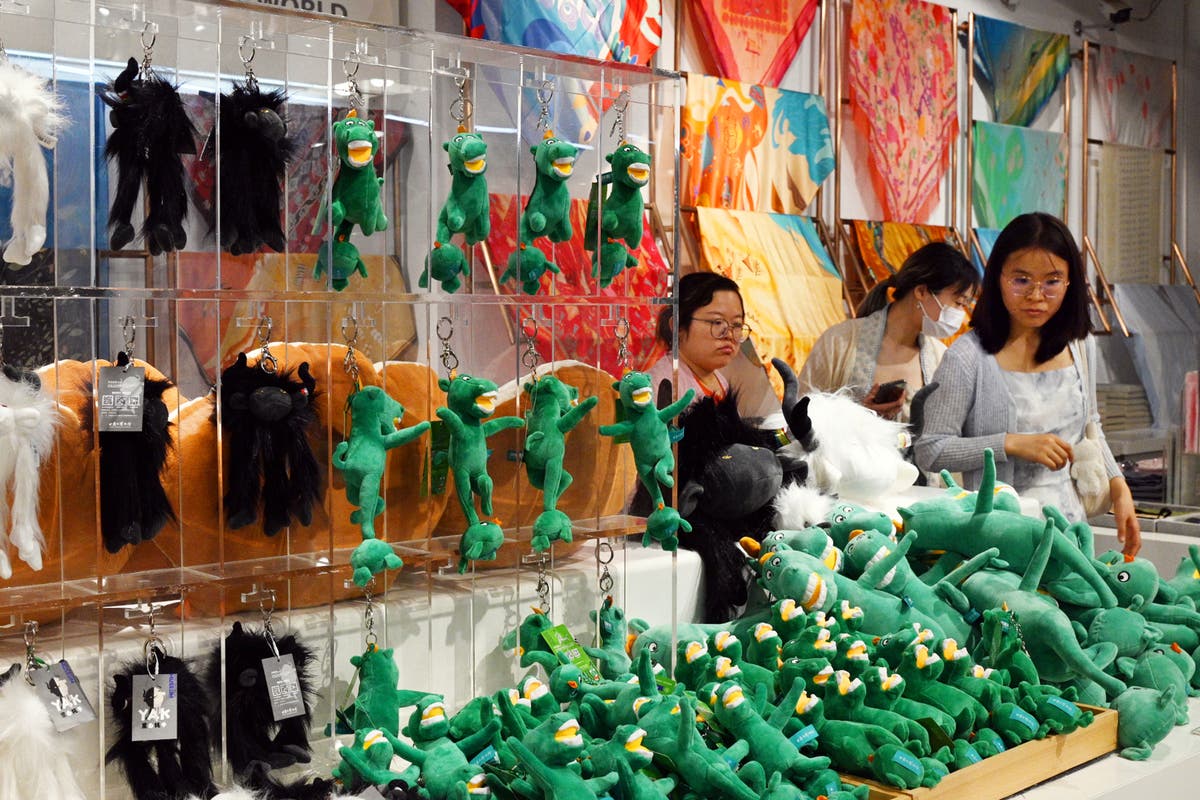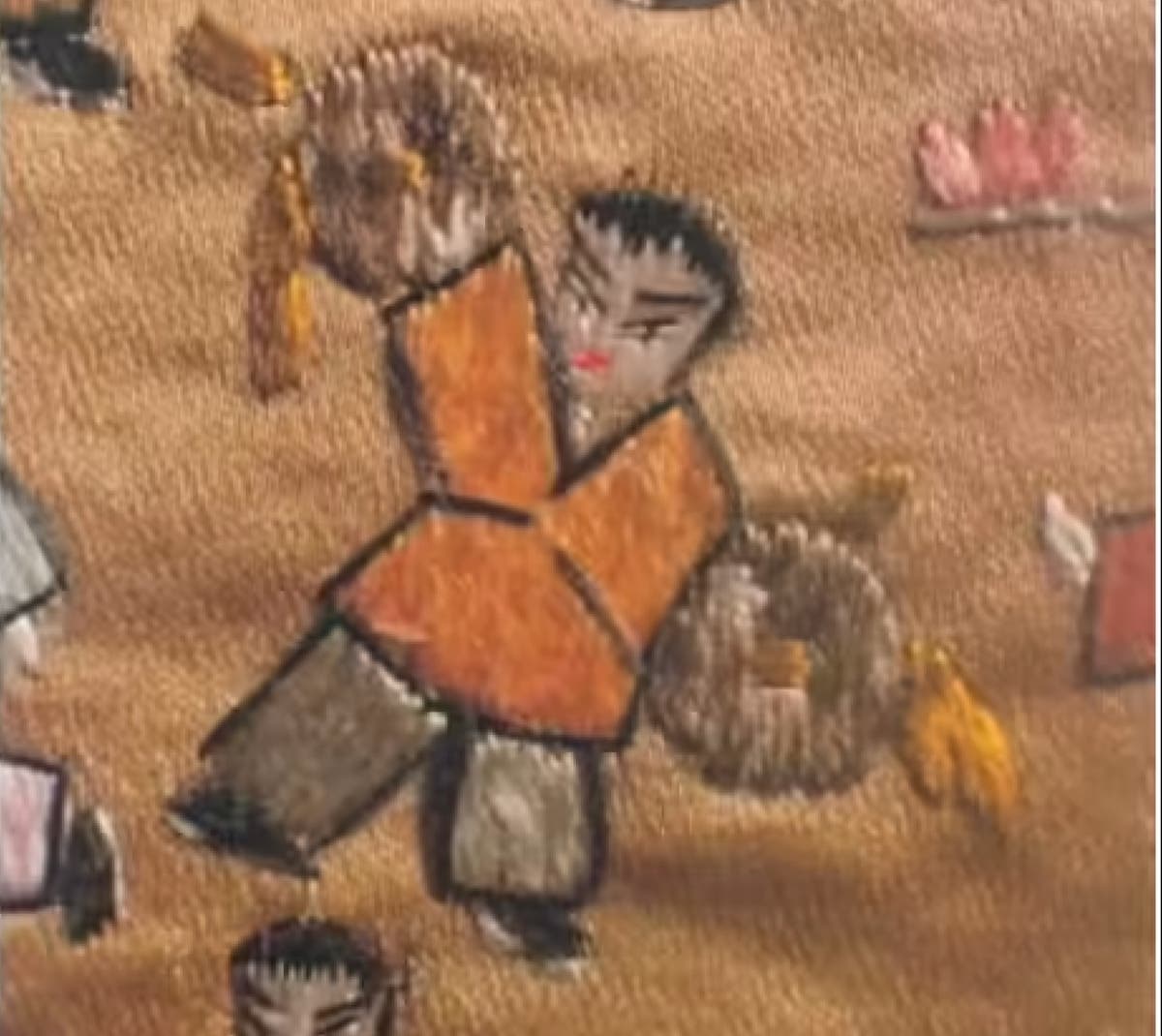
Ai Weiwei on exhibiting 30-year collection from Stone Age tools to Lego bricks
The IndependentGet the free Morning Headlines email for news from our reporters across the world Sign up to our free Morning Headlines email Sign up to our free Morning Headlines email SIGN UP I would like to be emailed about offers, events and updates from The Independent. “ only when you collect so much that you start to imagine humans and society and the behaving of society because it tells much more unthinkable stories than just one single antique.” Artist and activist Weiwei, best known for working on the design of Beijing’s Olympic stadium and filling the Tate Modern’s Turbine Hall with hand-crafted porcelain sunflower seeds in 2010, is an outspoken critic of China’s human rights record. “I always can look from a distance – I am just part of the larger image, and that’s why I kept it.” The exhibition will also feature 1,600 tools from the Stone Age; 200,000 porcelain spouts crafted by hand during the Song Dynasty; an estimated 100,000 cannon balls from the Song Dynasty which were discovered in a moat; and Lego bricks which Weiwei began working with in 2014 to produce portraits of political prisoners. “In my exhibition I always try and go back to the original architecture structure and design to maximise the possibility of the modern space with the audience.” Justin McGuirk, chief curator at the Design Museum and curator of Ai Weiwei: Making Sense, said: “Ai Weiwei’s ‘fields’ are extraordinary, and they tell a story of human ingenuity that spans millennia. “Their scale is unsettling and moving, and, in trying to make sense of these works, the visitor is challenged to think about what we value and what we destroy.” Design Museum director and chief executive Tim Marlow said: “Ai Weiwei is one of the most compelling artists and activists working today, but his practice is profoundly pluralistic, encompassing film, architecture, design and collecting.
History of this topic

Ai Weiwei, Design Museum review: The master provocateur creates timeless beauty from historical objects
The Independent
Artist Ai Weiwei to launch ‘long overdue’ first design-focused exhibition
The IndependentDiscover Related














































